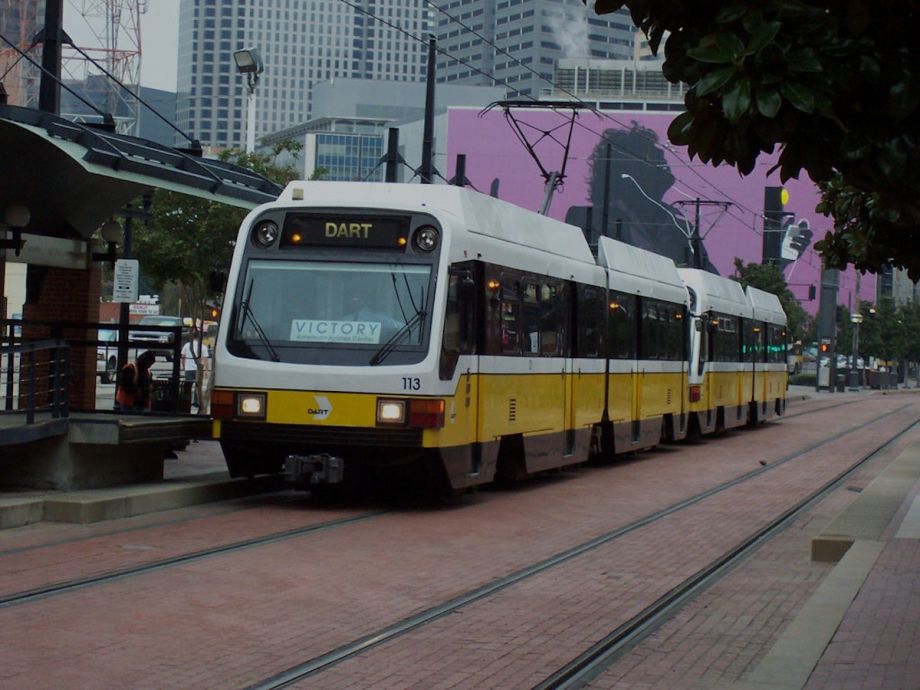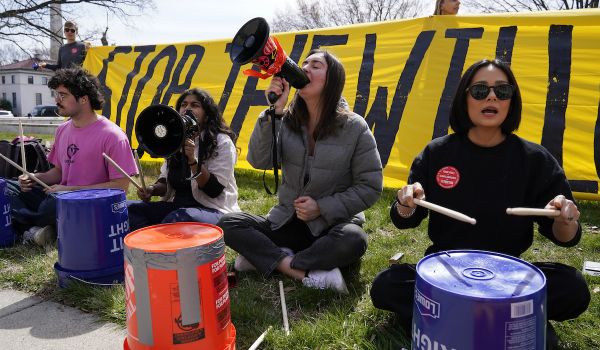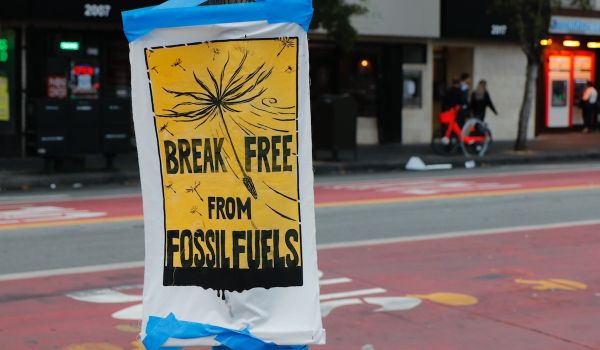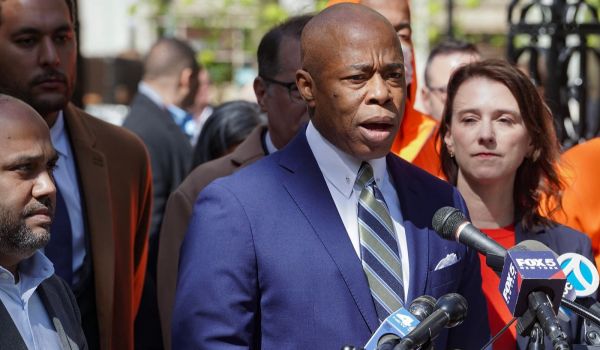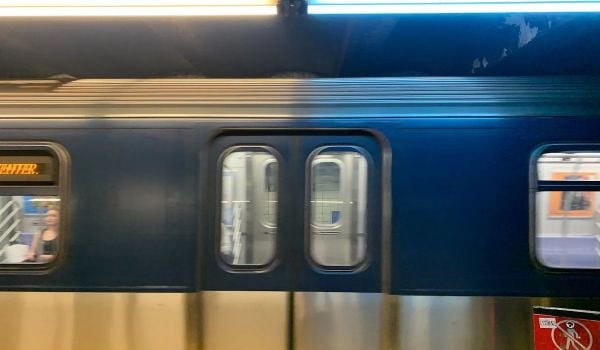Our weekly “New Starts” roundup of new and newsworthy transportation projects worldwide.
Dallas Picks Second Downtown DART Route
The Dallas City Council has chosen an alignment for a second DART light-rail transit route through downtown Dallas that will increase the system’s speed and capacity.
An item on the Dallas Morning News’ Transportation Blog notes that the Council voted overwhelmingly September 9th in favor of the “Modified B4,” or Jackson, alignment for the second downtown line. The one dissenting vote came from Council Member Philip Kingston, who supports an all-underground route.
The route chosen runs in subway through the heart of downtown Dallas before rising to the surface near Dallas City Hall and proceeding east. The original route from this point headed east on Young Street, but an alternate route using Jackson was designed when First Presbyterian Church of Dallas and nearby homeowners objected that the Young Street alignment would require the taking of their properties or disrupt their operations.
The vote clears the way for DART and the city to submit an application for federal New Starts money before September 30th, the latest date the city could apply and receive approval for the funding before a new president takes office in 2017.
A consensus exists among DART, the city and downtown business interests that a second downtown route for DART is needed to allow more frequent service and reroute trains around disruptions along the existing all-surface route. There were, however, differences of opinion on the merits of the part-underground, part-surface route that emerged as the most favored of the various alignments DART studied. The “modified” route was developed to address the concerns of the property owners along the originally proposed route, but the article notes some doubts remain about its feasibility.
DART already has budgeted $400 million for this project and hopes the federal government will match that amount. As the route chosen by Council has an estimated cost of $525 million to $550 million, the extra funds would go to an extension of the underground portion of the line to a new station under the city’s convention center.
Canberra to Get Wireless Tram Line Extension
Washingtonians of a certain age will recall the in-street conduits that powered the streetcar lines in most of the District of Columbia, a technology made necessary by a local ordinance that forbade overhead wires in the city’s core because of the visual pollution they caused.
Australia’s national capital, Canberra, has similar concerns and similar rules. As a result, a planned extension of the first stage of the Capital Metro light-rail line will be powered by some form of wireless technology, The Canberra Times reports.
The segment in question would run from the in-city end of the Stage 1 line at Alinga Street 3.2 km (2 miles) through the city center to the Defence Precinct in Russell, Australia’s equivalent of the Pentagon. Much of this route would follow Constitution Avenue, whose appearance is governed by National Capital Authority rules that among other things prohibit overhead wires. As a result, the two consortia that have already submitted bids for the 12-km (7.5-mile) initial segment will be required to select a wireless technology for the city extension.
Candidates include supercapacitors or batteries that would recharge at station stops, an underground “third rail” technology similar to what was used in Washington and is now used in Tours, France, or ground power supply such as the Alstom system where a power supply strip embedded in the pavement is energized only when trains pass over it. This last option is considered the most expensive of the three, while the first has the most limited range. According to the report, the wireless requirement would add to the A$783 million ($558.7 million U.S.) cost of the line.
The Australian Capital Territory government is pursuing light rail for Canberra because of what it considers its greater potential to revitalize both the city core, where this extension will run, and Northbourne Avenue, where the initial segment will operate, most likely with standard overhead wire. The central segment would make Canberra the first city in Australia to adopt wireless power supply technology for a tram line.
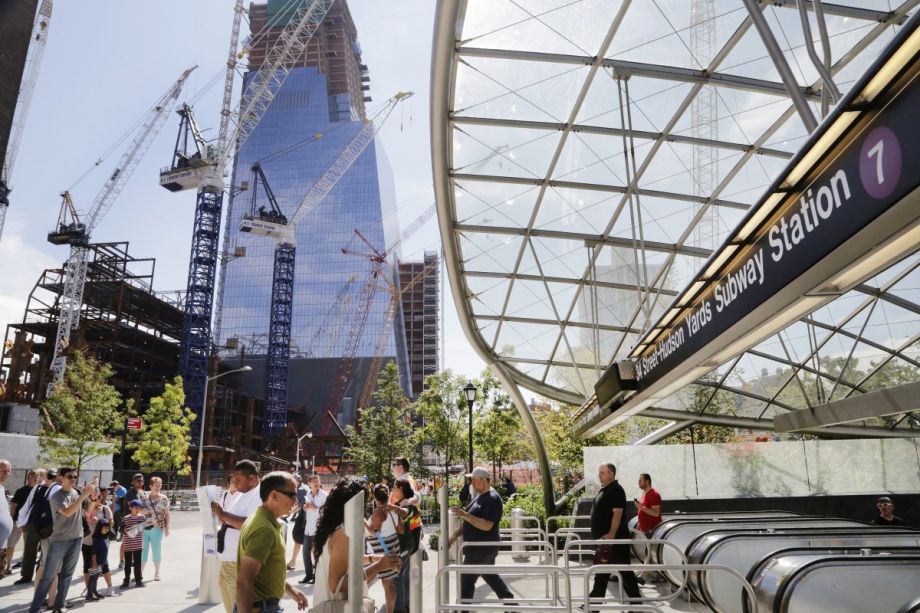
New York City’s new Hudson Yards subway station (AP Photo/Mark Lennihan)
Sidewalk Labs CEO Calls for Next New NYC Subway Station
New York’s 469th subway station, and its first on the Far West Side of Manhattan, opened Sunday. “It took long enough” is a phrase that was probably on the lips of many in attendance at the opening.
The New York Times’ report on the opening quoted Mayor Bill de Blasio as saying that the No. 7 line extension to Hudson Yards connects “a whole new city being created within our city “to thousands of jobs” in neighborhoods like Flushing and central Queens and likewise will bring Queens residents to the new jobs that will accompany the development of Hudson Yards.
The $2.4 billion, 1.5-mile subway tunnel leading from the old 7 line terminus at Times Square to Hudson Yards has actually been finished for almost two years. De Blasio’s predecessor, Michael Bloomberg, took a ceremonial “first ride” to the Hudson Yards station at the end of his tenure as mayor, in December 2013. But various delays in construction of the station, including technical problems with the inclined elevators that provide one means of access to the 125-foot-deep station, delayed the actual opening date.
This is the first new subway station to open in New York since 1989. Transportation planner and analyst Yonah Freemark noted in a tweet, however, that over this same time period, Paris opened 11 new subway stations and London eight.
The extension is also the first subway extension in more than 60 years that was paid for entirely by the City of New York, which agreed to pick up the tab for the project in order to get the Hudson Yards development off the ground.
The report also notes that the extension should improve service on the entire 7 line, as extra tracks south of the station will allow for storage and turnaround of trains.
Some residents lamented the fact that a planned second station at 42nd Street and 11th Avenue was deleted from the extension, according to the Times. Provision was made for a second station in the tunnel, however, and on Sunday, U.S. Senator Chuck Schumer and Dan Doctoroff, who was a Bloomberg deputy mayor and is now the CEO of urban incubator Sidewalk Labs, called for the station to be built.
A New York Daily News op-ed that Doctoroff and development consultant Michael N. Meola co-wrote urged the city to borrow more money to construct a stop at 42nd Street and 10th Avenue, based on their estimates of success of the Hudson Yards station investment: “ … if we just take into account the buildings that have been completed, are in construction now, or are in the advanced stages of planning, over the next 30 years Hudson Yards will throw off $30 billion on that investment of $353 million!”
Know of a project that should be featured in this column? Send a Tweet with links to @MarketStEl using the hashtag #newstarts.
The Works is made possible with the support of the Surdna Foundation.

Next City contributor Sandy Smith is the home and real estate editor at Philadelphia magazine. Over the years, his work has appeared in Hidden City Philadelphia, the Philadelphia Inquirer and other local and regional publications. His interest in cities stretches back to his youth in Kansas City, and his career in journalism and media relations extends back that far as well.
Follow Sandy .(JavaScript must be enabled to view this email address)


